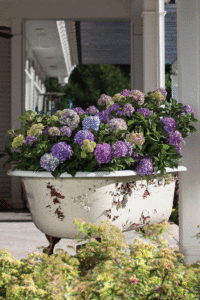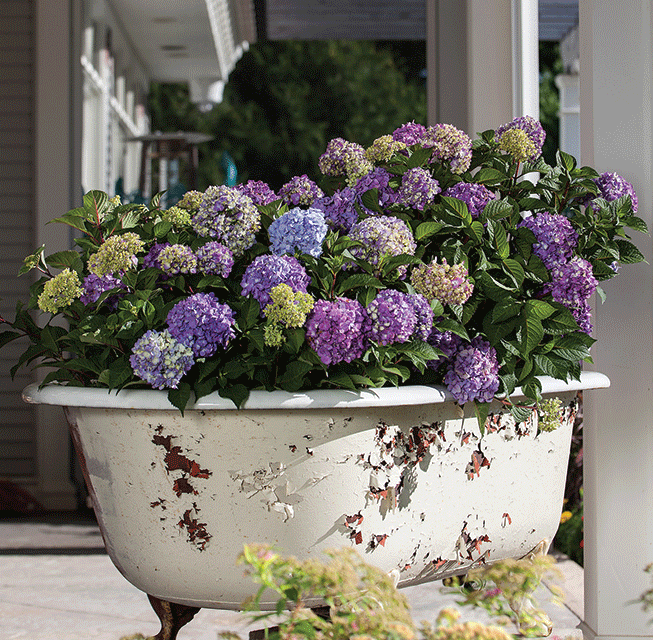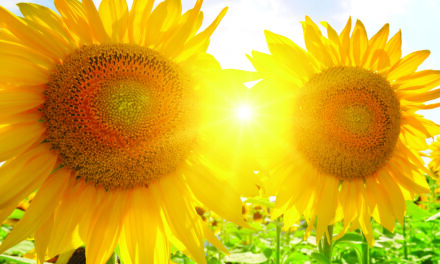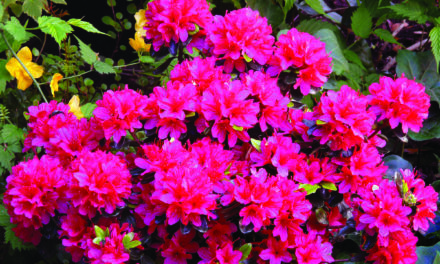
With clusters of flowers in soft pastel colors and dense foliage, hydrangeas make for a good foundational plant for the area.
Hydrangeas grace the landscapes and flowerbeds of many a home on the Mid-Shore.
Their flower clusters, soft pastel colors and dense foliage, make it a good foundational plant for the area.
But there are aspects about the plant many gardeners may not have a firm grasp on which as permitted the perpetuation of myths.
Pruning and changing colors are two that often come up.
When to prune a hydrangea depends on how it blooms.
If the blooms come on old wood, the only time to prune is right after flowering, otherwise you’ll be cutting off growth that has buds for the next bloom.
If you can avoid pruning all together, garden experts say that’s often preferred.
Hydrangeas that bloom on old wood include climbing, oak leaf, some mopheads and mountain types.
Hydrangeas that bloom on new wood can handle pruning at late spring or early fall like many other plants.
The new growth after pruning will still produce flowers.
These types include panicle, smooth and some mophead types.
Through advance plant breeding, some hydrangeas bloom on both old and new growth and those need special care as well.
Cutting old wood could sacrifice the main show of blooms with just new growth blooms coming out.
Experts recommend treating these closer to old growth bloomers, avoiding a pruning if possible but if not, doing so only after flowering.
Much of the attraction to hydrangeas is that some types can change flower color.
First, it is only the mophead or macrophylla and mountain or serrata types that are able to change from blue to pink or vice versa.
While old wive’s tales have gardeners planting hydrangeas with a nail or penny to induce a color change, the real reason lies in the soil itself.
Many believe it’s the soil pH that is the reason — lower pH will produce blue blooms and higher pH will make pink flowers.
Soil pH is a player in this, according to garden blogger, Robert Pavlis, but it’s really aluminum that makes the difference.
“If you have soil that contains no aluminum, you will never have blue flowers, no matter what the pH is. It is the aluminum in the soil that makes the flower blue,” he writes.
Lower pH does help though.
The more acidic the soil, the easier it will release aluminum making it available to the plant.
Excess phosphorus will also tie up aluminum making it unavailable to plants.
This also only works for macrophylla type hydrangea.
“If your flowers look purple, they are getting some aluminum but not enough to create the real blue color so many people want,” Pavlis added.
To go from blue to pink, add dolomitic lime to the soil several times a year aiming for a pH of about 6.0 to 6.2.
Adjusting the soil enough to make a color change can take years and adding aluminum sulfate can make other plants sick.
Many experts recommend using large pots for hydrangeas intended for blue flowers.
You can reduce the strength of the aluminum sulfate to a quarter-ounce per gallon of water and a pot will offer you much more control in going blue.






